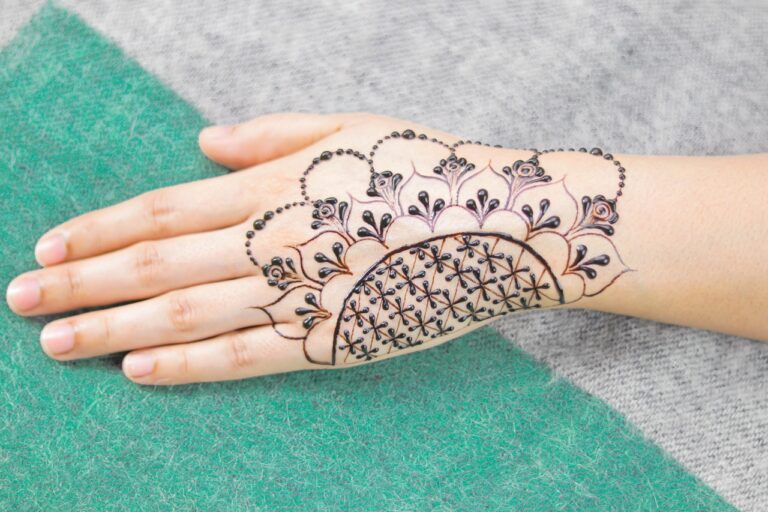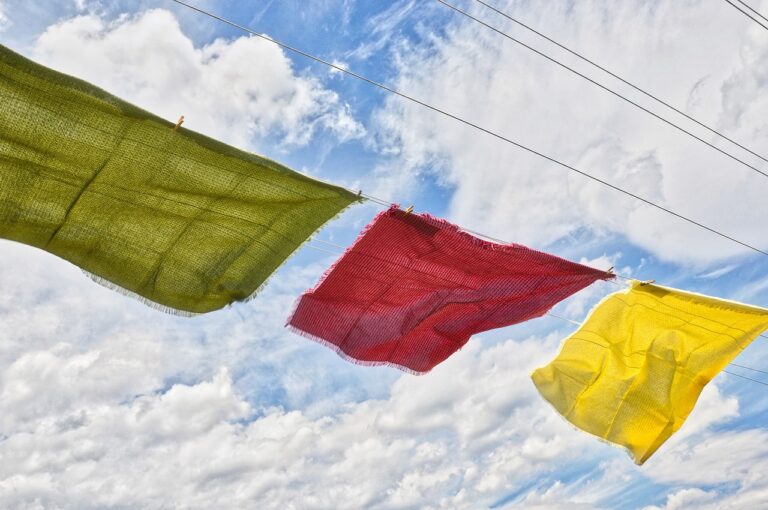Fashion and Sustainable Materials: Innovations in Eco-Friendly Fabrics and Textiles
Many companies are increasingly turning to recycled plastic bottles as a key material in their production processes. This eco-friendly approach not only helps in reducing plastic waste in landfills but also significantly lessens the dependency on virgin plastics for creating new products. By collecting and recycling used plastic bottles, manufacturers are able to transform this waste material into a wide range of items, including clothing, footwear, bags, and even furniture.
One of the main advantages of using materials made from recycled plastic bottles is the conservation of natural resources. Instead of relying solely on newly produced plastics derived from oil, repurposing plastic bottles allows for a more sustainable use of existing materials. Additionally, utilizing recycled plastic bottles in the manufacturing of various goods helps to lower energy consumption and decrease the carbon footprint associated with traditional production methods.
• By using recycled plastic bottles, companies are able to contribute to the reduction of plastic waste in landfills and oceans.
• The process of recycling plastic bottles into new materials helps in conserving natural resources and reducing the demand for virgin plastics.
• Products made from recycled plastic bottles are not only eco-friendly but also durable and versatile for various applications.
• Using recycled materials can help companies meet sustainability goals and appeal to environmentally-conscious consumers.
Plant-Based Fabrics like Bamboo and Hemp
Bamboo and hemp are gaining popularity in the fashion industry as sustainable and eco-friendly alternatives to traditional fabrics. Bamboo, known for its soft and breathable qualities, is a fast-growing plant that requires minimal water and no pesticides to thrive. This makes it a highly renewable resource that leaves a smaller environmental footprint compared to conventional cotton.
Similarly, hemp fabric is derived from the fibers of the hemp plant, which can grow in diverse soil conditions and does not deplete the soil of nutrients. Hemp fabric is durable, hypoallergenic, and has natural anti-bacterial properties, making it ideal for clothing and textiles. Both bamboo and hemp offer a sustainable choice for consumers looking to reduce the impact of their fashion choices on the environment.
Textiles Derived from Agricultural Waste
Innovations in the textile industry have led to the development of textiles derived from agricultural waste. This sustainable approach to fabric production not only reduces waste but also lessens the environmental impact of the fashion industry. By utilizing byproducts from agriculture such as corn husks, banana stems, and pineapple leaves, these textiles offer a renewable and eco-friendly alternative to traditional fabrics.
One notable example is the use of corn husks to create a bio-based fabric known for its durability and breathability. This innovative material not only provides a solution to excess agricultural waste but also offers a versatile option for designers and consumers seeking sustainable fashion choices. Additionally, textiles derived from agricultural waste often boast unique textures and properties, adding an element of creativity and originality to eco-conscious clothing lines.
What are some materials made from recycled plastic bottles?
Some materials made from recycled plastic bottles include polyester fabrics, fleece, and even some types of carpeting.
What are some examples of plant-based fabrics like bamboo and hemp?
Some examples of plant-based fabrics include bamboo viscose, hemp linen, and bamboo cotton blends.
Can you provide some examples of textiles derived from agricultural waste?
Textiles derived from agricultural waste can include fabrics made from pineapple leaves, orange peels, banana stems, and even coffee grounds.







